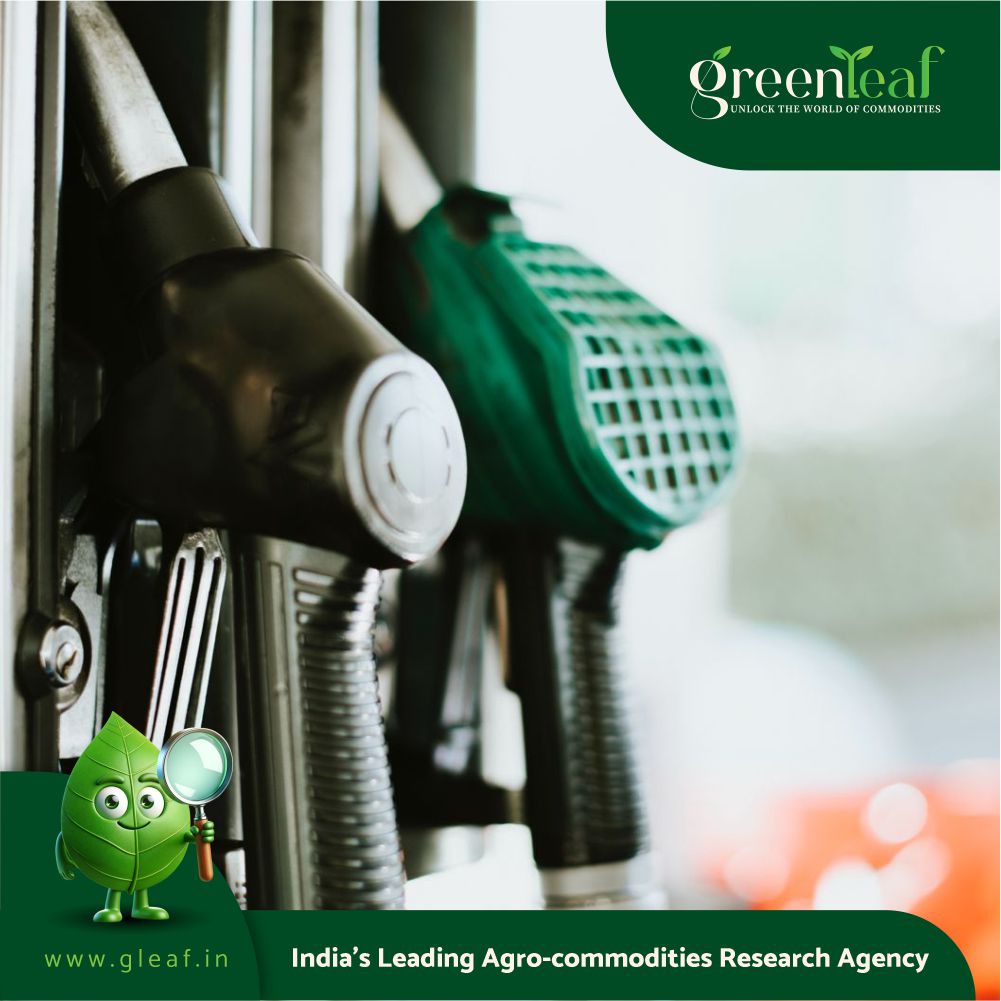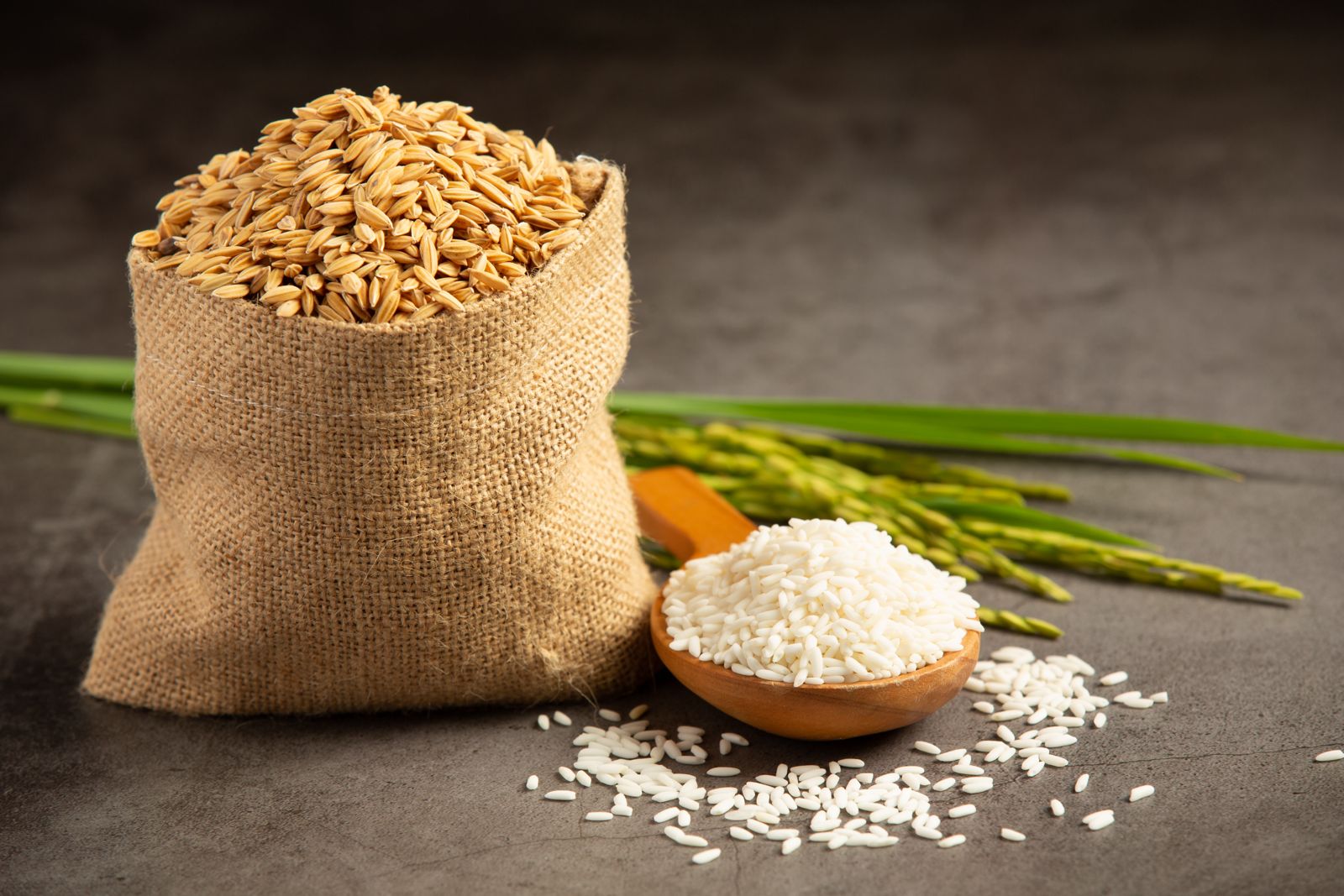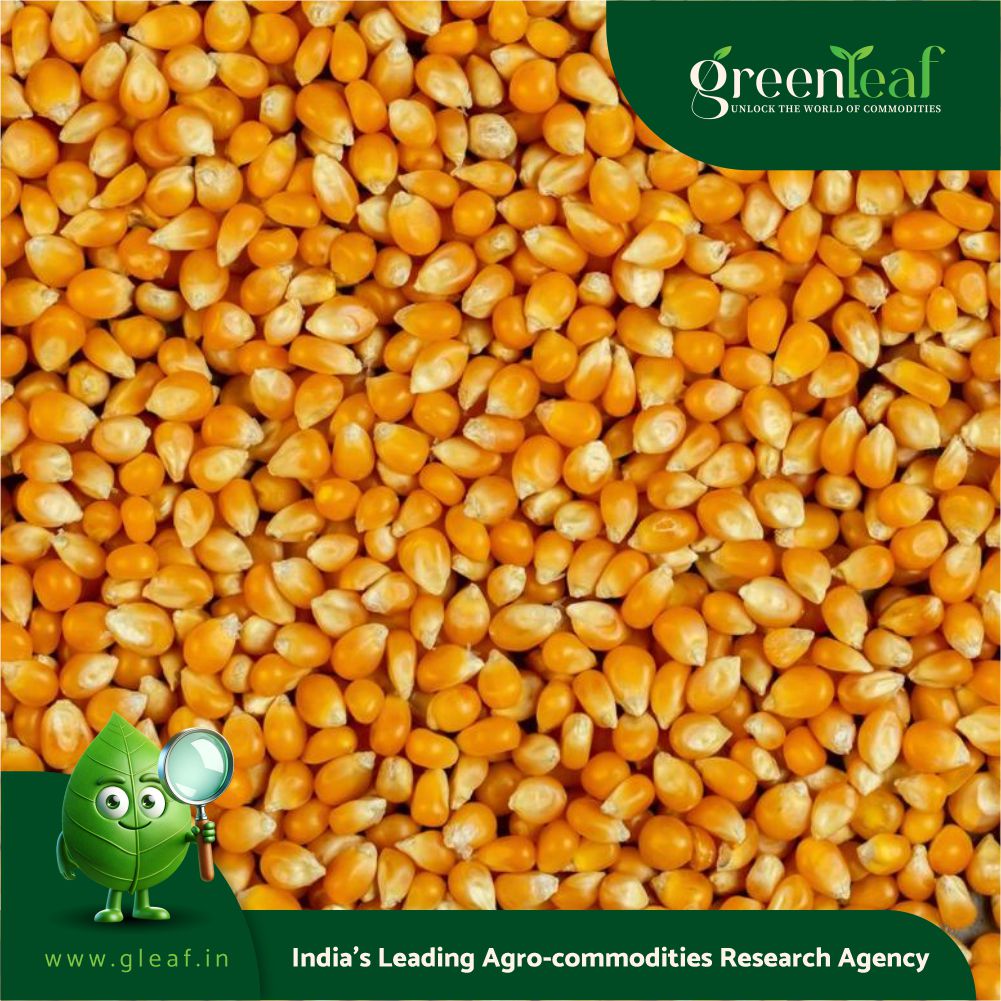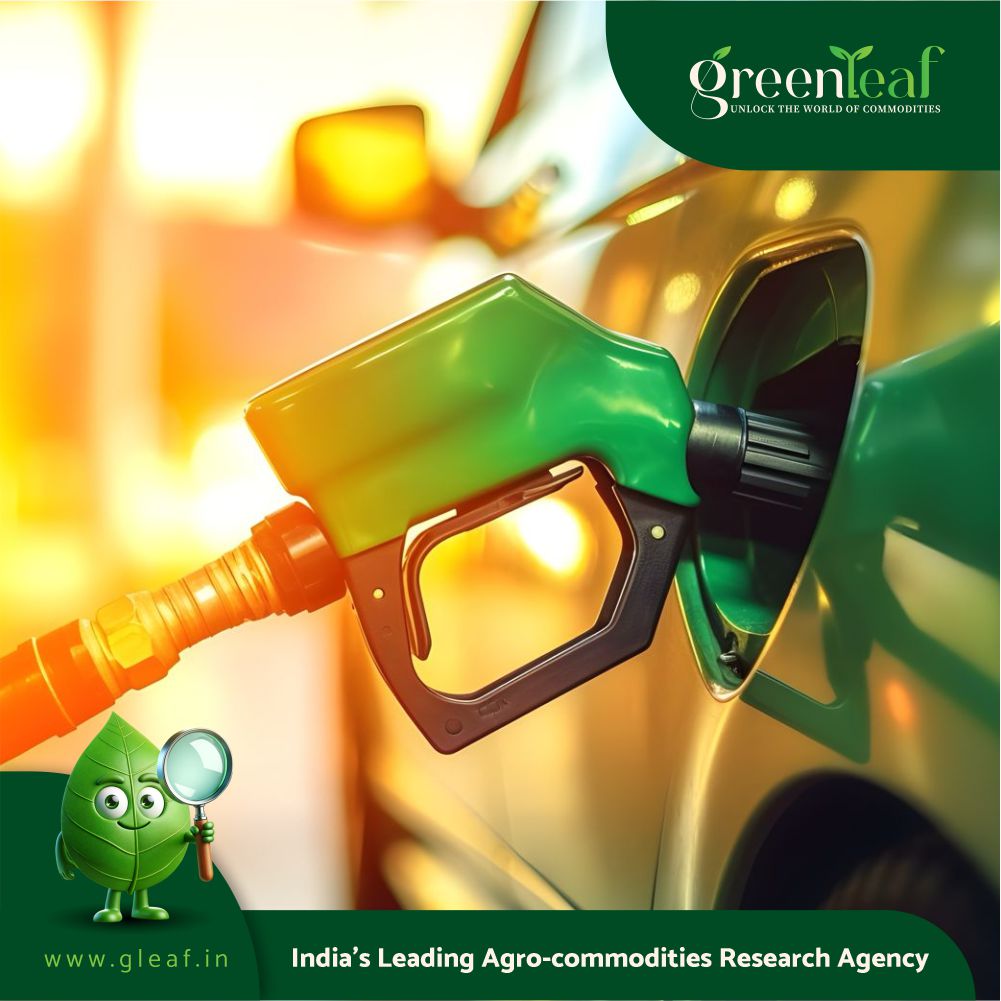India’s sugar industry is advocating for an increase in ethanol blending targets, urging the government to outline a clear roadmap to raise blending levels to 27% (E27) after achieving the 20% (E20) milestone. The proposal aims to ensure that the industry fully utilises its growing ethanol production capacity and effectively contributes to India’s biofuel ambitions.
Industry Ready to Support Blending Beyond E20
Deepak Ballani, Director General of the Indian Sugar and Bioenergy Manufacturers Association (ISMA), highlighted, “With over Rs 40,000 crore invested and an annual production capacity exceeding 9,000 million litres from sugarcane, we are fully equipped to support blending beyond E20, up to E27 and even higher.” He emphasized that a well-defined national ethanol mobility roadmap would sustain momentum in India’s biofuel programme, ensure better infrastructure utilisation, provide stable income for sugarcane farmers, and strengthen rural industries.
Ethanol Supply Exceeds Demand
Ethanol producers have collectively offered 17,760 million litres for the ethanol supply year (ESY) 2025–26, significantly surpassing the oil marketing companies’ (OMCs) annual requirement of around 10,500 million litres. Sugarcane-based producers account for 4,710 million litres, while grain-based units—using rice and maize—contribute 13,040 million litres. Ballani cautioned that without a roadmap beyond E20, large production capacities could remain idle, resulting in wasted investments, lower mill revenues, and slower innovation in the biofuel sector.
Grain-Based Producers Seek Policy Support
Grain-based ethanol producers have also called for higher blending targets and a temporary freeze on new investments. Chandra Kumar Jain, President of the Grain Ethanol Manufacturers Association, noted, “Units operating at 50% of their capacities would become unviable, as we do not produce any other products unlike the sugar industry.”
Currently, India’s ethanol manufacturing capacity stands at around 17,000 million litres, spread across roughly 400 units, with about 250 grain-based and the remainder sugarcane-based. OMCs currently purchase 11,000–12,000 million litres annually.
Policy Progress and Economic Impact
India had accelerated its 20% blending target from 2030 to 2025–26 under the amended National Policy on Biofuels 2018. Government data shows the programme has paid over Rs 1.25 lakh crore to farmers since 2014–15 and saved more than Rs 1.44 lakh crore in foreign exchange by reducing crude oil imports. As reported by msn.com, to strengthen the sector further, ISMA and the Indian Federation of Green Energy (IFGE) have jointly called for a “National Ethanol Mobility Roadmap”, which would set clear goals for blending beyond E20 and provide regulatory guidance to integrate ethanol more effectively into India’s transport fuel mix.















